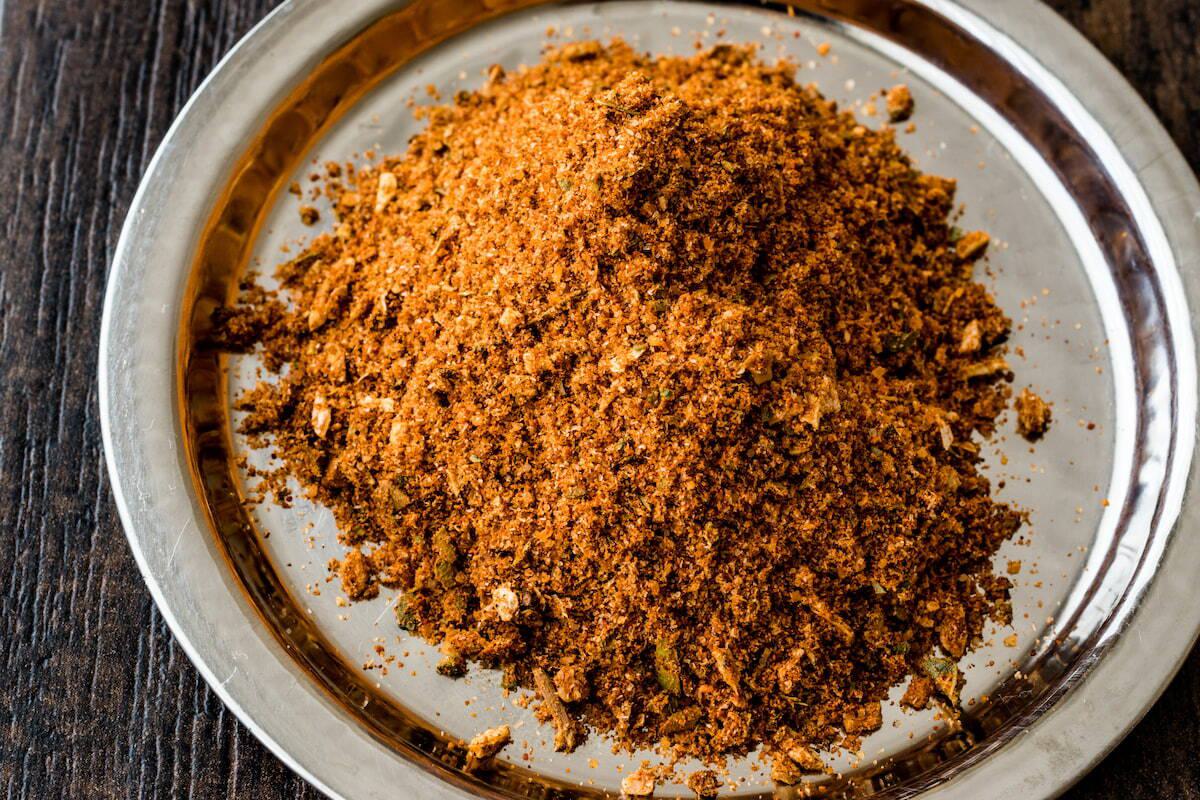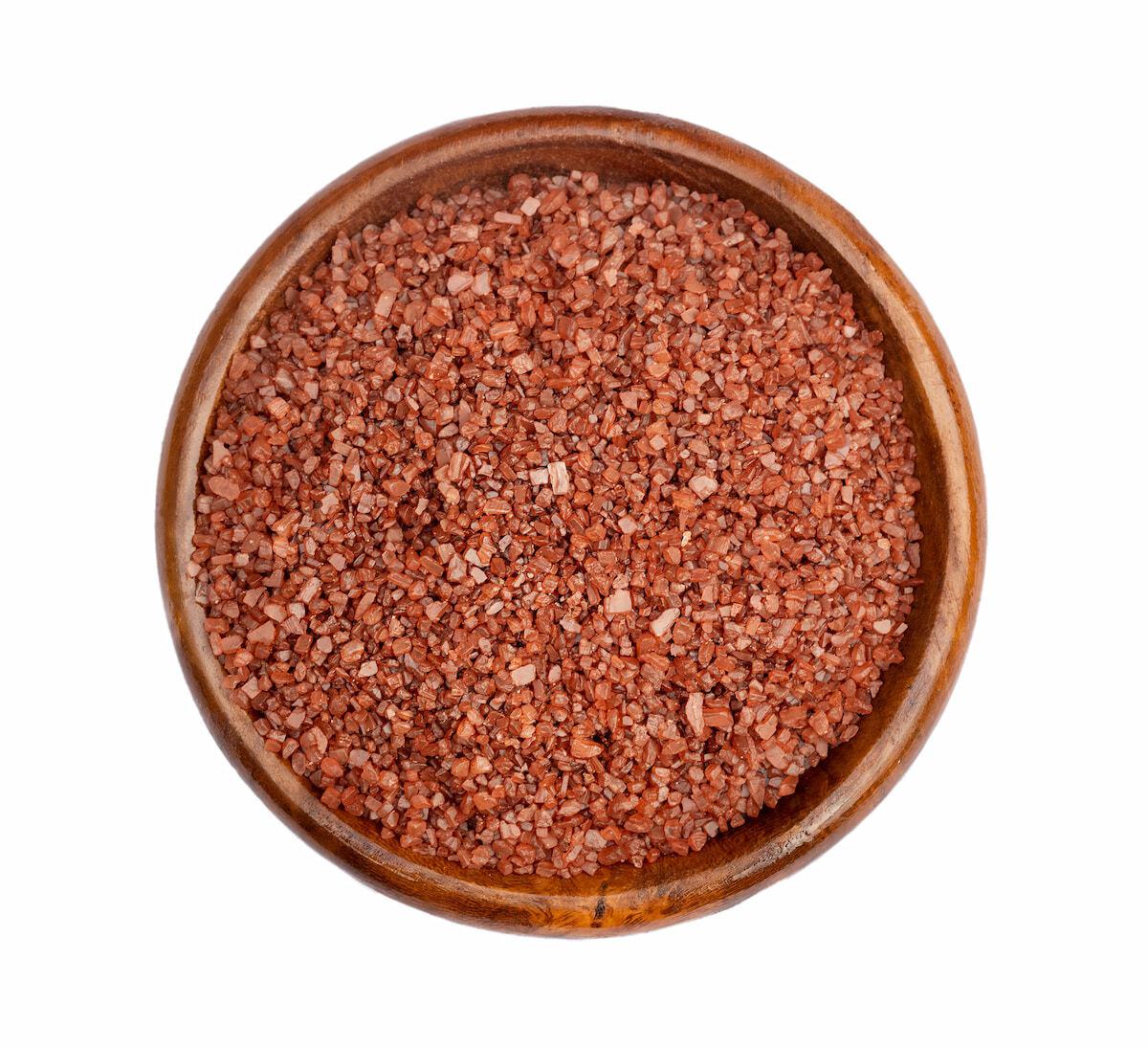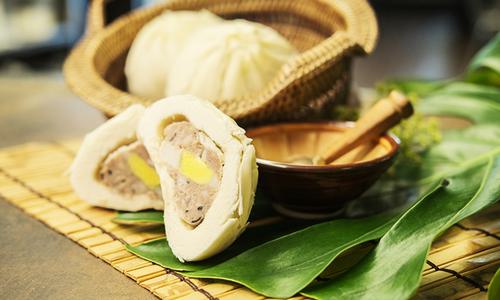
Prepared Foods: Q&A with Emily Munday
Dry Seasonings with Complex Flavors
Emily Munday has explored the fascinating world of dry seasonings that replicate the complex flavors of traditionally wet condiments and sauces. Notable examples include harissa, pickled jalapeño, Kalamata olive, cured lemon, kimchi, and koji. The challenge lies in transforming the deep flavors from ingredients that are typically pickled, cured, or fermented into a dry format while preserving their impactful taste. When executed well, these dry seasonings offer a rich and authentic flavor experience.
Bold Flavors in the Growing Snacking Trend
Munday observes that the snacking trend continues to grow, particularly among Millennials who often blur the lines between meals and snacks. Bold, ethnic-inspired flavors are increasingly found in snack products, especially in items like chips, crackers, and extruded snacks made from ingredients such as nuts, seeds, legumes, and vegetables. These products serve as ideal carriers for innovative seasoning blends.
Developing the Perfect Snack Cracker
One of Munday’s recent projects involved developing a snack cracker line using various seasoning blends. The standout flavor was a Kalamata Olive, Lemon, and Chile combination. Achieving the right balance among the ingredients was challenging, particularly with delivering the authentic olive taste while meeting specific labeling needs. After extensive trials and collaboration with spice experts, the team crafted a cracker that perfectly captured the intended flavor profile.
Trending Traditional Ethnic Blends
Looking at seasoning trends, Munday highlights the popularity of traditional ethnic blends, which introduce consumers to new flavors through familiar snack items or as condiments for grains and vegetables. For instance, she’s been following the rise of shichimi togarashi, a Japanese blend featuring red chile peppers, citrus zest, seeds, nori flakes, and spices. This blend pairs wonderfully with vegetables. Another favorite is za’atar, a Middle Eastern mix that’s perfect for flatbreads or as a finishing touch on proteins and veggies.

The Rise of Baharat and Ras el Hanout
Additionally, Munday notes emerging interest in spice blends like baharat—a versatile Egyptian mix—and ras el hanout from North Africa, which combine sweet spices like allspice and cinnamon with warming elements like black pepper and turmeric. These blends, while common in their regions of origin, present fresh flavor experiences for many American consumers.

Renewed Interest in Specialty Salts
Munday also sees a renewed interest in specialty salts. A decade ago, the focus was on reducing sodium, but today's trends favor regional salts with unique mineral profiles, driven largely by chefs' enthusiasm. Varieties like red salts from Hawaii, pink Himalayan salt, and smoked salts from different hardwoods, add depth and texture to dishes. Their varied textures, from coarse flakes to fine grains, make them suitable for everything from savory crackers to sweet treats like cookies and brownies.

Spices, seasoning, and trends, we know a thing or two! Check out the Q&A with our very own, Emily Munday, who was featured for a research chef's perspective on spice and seasoning trends by Prepared Foods. Check out the Q&A here!








